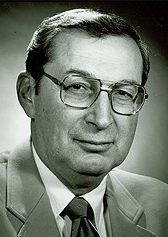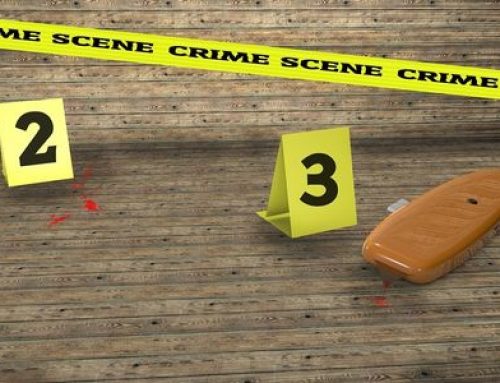Last updated: August, 2021
With the popularity of shows like “Criminal Minds” and “Mindhunter,” many people have become familiar with criminal profiling as a way to collar difficult-to-catch offenders.
The practice of developing psychological profiles of criminals based on the nature of the crime and the clues left behind have caught the public’s imagination.
Below are some real-life criminal profilers who have solved crimes with grit instead of glamor.
Please note: As an Amazon Associate I earn from qualifying purchases found on this page. Thanks for your support!
1. Thomas Bond
Known as the Father of Criminal Profiling, Thomas Bond was the first person to use autopsy reports and crime scene evidence to construct a detailed profile of the serial killer Jack the Ripper.
A police surgeon by profession, he was called to examine the forensic evidence left by a murderer who strangled and mutilated at least five women in London, all of them prostitutes. He believed that the serial killer was a middle-aged solitary man who was unassuming in appearance and manner but daring and calm in the face of unimaginable violence.
Jack the Ripper was never caught but more than a dozen witnesses’ accounts describe the killer’s appearance and they eerily back up Dr. Bond’s profile.
2. Joseph Paul de River
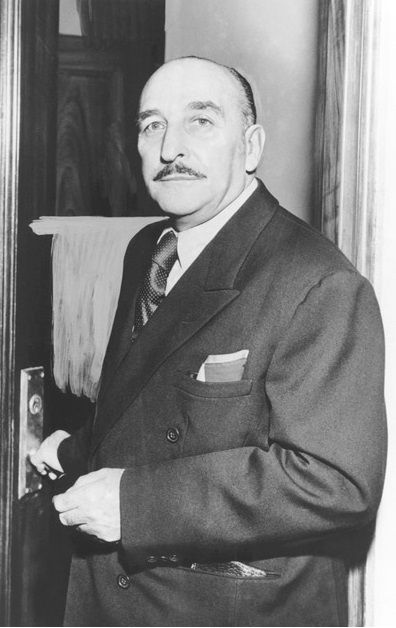
Image Credit: here
A criminal psychiatrist with the Los Angeles Police Department (LAPD) in the 1930s, Joseph Paul de River helped solve the most heinous crime of that time involving the disappearance and murder of three little girls in Inglewood, California.
With no suspect in the case, De River was requested to view the physical evidence at the crime scene and the bodies of the three victims to provide insight on who can commit such a monstrous act. He wrote in his report that the suspect was a man with a religious streak who had obtained the confidence of his victims.
It proved to be fairly accurate as the man convicted for the murders, Albert Dyer, was a school crossing guard who earned the little girls’ trust and prayed over their bodies after the crime.
His book, pictured in our Amazon link above, is described as … “First published in 1949 as a criminology/sexology textbook for law enforcement personnel, “The Sexual Criminal” methodically and clinically examines the bizarre and illicit sexual behavior of Los Angeles in the 1930s and ’40s — a fascinating glimpse at the seedy underbelly of a city littered with innumerable true-life noir characters.”
3. Roy Hazelwood
As an agent of the FBI, Roy Hazelwood helped found the Behavioral Science Unit which studies and analyzes why criminals do what they do. He specialized in serial sexual predators defining the six types of serial rapists.
He was consulted by Alaskan police after they found several bodies of women buried in shallow graves on various sand bars. Based on forensic evidence, Hazelwood told them to look for an experienced hunter with low self-esteem and a stutter who has a history of being rejected by women.
The psychological profile led them to Robert Hansen, the “Butcher Baker” of Alaska, who abducted, raped, and murdered at least 17 women in the Alaskan wilderness.
Want to learn more about the Behavioral Analysis Unit and the most famous FBI profilers? Read this article about the Best Criminal Profilers in the FBI.
4. James A. Brussel
When a bomber started planting dozens of explosive devices throughout New York City in the 1940s and 1950s, a frustrated police department turned to psychiatrist and handwriting expert James A. Brussel for help. Dr. Brussel studied crime scene photos and analyzed the serial bomber’s mail to the press to come up with a detailed description of the offender.
He predicted an unmarried, foreign-born male in his 50s who has a vendetta against Con Edison–the first bomb’s target. The power company searched their files for former employees matching that description and came up with George Metesky who confessed to the crime.
5. Howard Teten
Howard Teten gave the FBI its first profile on a case and has been called the “godfather of profiling.” He was a foundational figure in the famed Behavioural Science Unit, and a mentor to other legendary agents such as John Douglas.
In 1973, a seven-year-old girl was kidnapped from her family’s camping tent in Montana. After an intensive search for the missing child failed, the case was referred to the FBI. Teten and his team worked up a profile of a young, Caucasian male with military experience who operates alone and keeps body parts of his victims as “souvenirs.”
The profile fit 23-year-old unmarried Vietnam veteran David Meirhofer who confessed to killing the girl and burning her body while keeping her head. He also admitted to committing three more murders.
It was the first time a serial killer was caught using offender profiling.
6. Robert Ressler
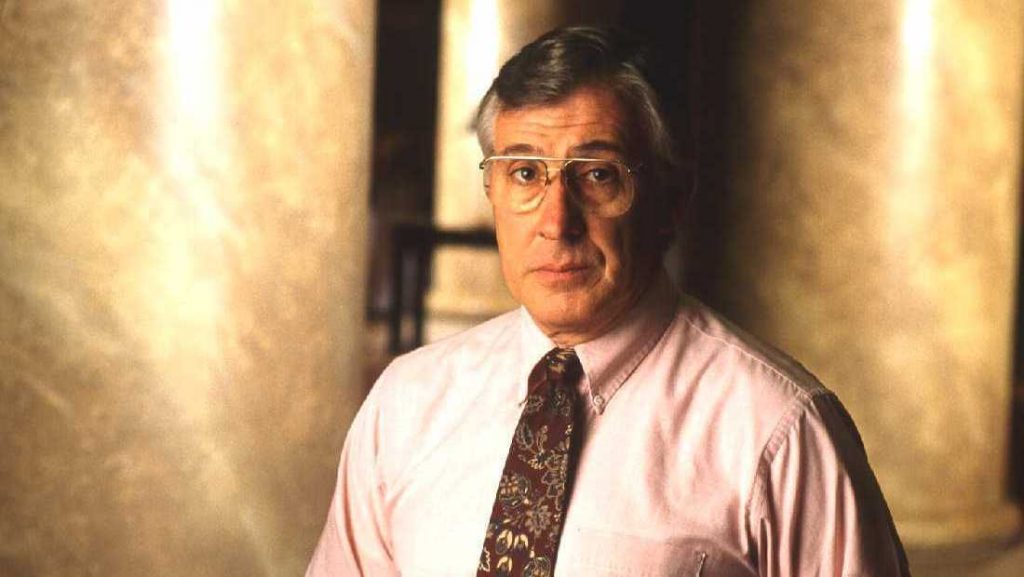
FBI investigator Robert Ressler pioneered the practice of criminal profiling and is credited with coining the term “serial killer.” He died on May 5.
Credited with coining the term “serial killer,” Robert Ressler was a famous FBI investigator who conducted face-to-face interviews with the most notorious and successful serial killers to figure out why — and how — they work.
When 6 people were found murdered in Sacramento, California in the span of a month, with traces of cannibalism, vampirism, and necrophilia, the FBI’s Behavioral Science Unit that included Ressler was brought in on the case. His initial profile predicted a white male in his mid-twenties who was undernourished, unkempt, and with a history of mental illness.
It proved spot-on as suspect Richard Chase was arrested looking malnourished and disheveled, in a sweatshirt covered in blood, and was suffering from schizophrenia.
7. John Douglas
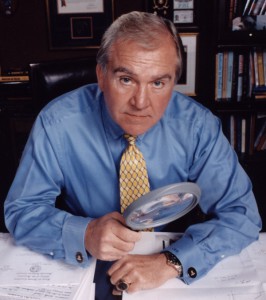
Image Credit: Mindhuntersinc.com
Author of the book Mindhunter: Inside the FBI’s Elite Serial Crime Unit and inspiration for the lead of the crime drama of the same name, John Douglas is one of the most popular criminal profilers in law enforcement. He traveled around the country interviewing serial criminals to get inside their minds and solving numerous high-profile cases.
When several people were raped and murdered on hiking trails near San Francisco, California in the late ’70s to early ’80s, Douglas was tasked with profiling the Trailside Killer. He predicted a shy, reclusive local who knew the area and is awkward around women due to a stutter. When the killer David Carpenter was arrested in 1981, the profile got a lot of things right, including the stutter.
His books are fantastic and highly recommended.
8. Robert Keppel
Criminal investigator Robert Keppel interviewed famed serial killer Ted Bundy extensively to help prepare a profile of the serial killer dumping bodies of slain women in wooded areas around Washington State’s Green River. It was predicted that the Green River killer would most likely revisit his dump sites to engage in necrophilia.
It turned out to be true as police were able to collect semen and traces of paint on the bodies that were linked via DNA technology to Gary Leon Ridgway. Ridgway admitted to killing 48 women making him the most prolific confirmed serial killer in American history.
What’s Next?
Interested in criminal profiling? Check out our article: In the mind of a Serial Killer:




